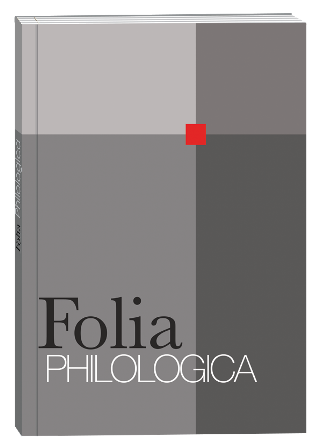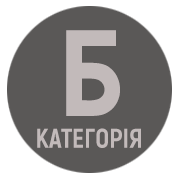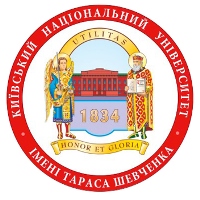LINGUISTIC INDEXATION AS WAY OF MEDIA TEXT CLUSTERIZATION
DOI:
https://doi.org/10.17721/folia.philologica/2022/3/5Keywords:
linguistic indexation, media text, keywords, classification and clustering of the textAbstract
Linguistic indexation is a highly complex phenomenon due to collecting, sorting and storing data aimed at providing high-speed, high-quality and accurate search of information. That is why it has quickly turned into one of the core problems for researchers, especially when it comes to examining it in the media text, which complicates this process for scholars engaged in linguistic studies. Profound research of the linguistic text’s indexation is predetrmined by the necessity to structure of the information system. The stated phenomenon has gained high relevance in linguistics over the recent years.This can be explained by the fact that improvement of data structure is of an utmost importance, because it contains information about diverse texts and documents. The increase in the data structure level of effectiveness is caused by the speed of search for relevant documents. It can only be achieved by qualitative linguistic indexation of the texts. This article deals with the research of media text from the standpoint of applied linguistics. Aimed at identifying main features of linguistic indexation phenomenon and analyzing it as a method of text clusterization, the article reveals this notion taking into account diverse approaches to its study, examines types of linguistic indexation, as well as methods and typology. The article is also concerned with defining the main principles of identification of the effective keywords for the document and determining the extent to which the chosen keywords are relevant to both the text itself and research results. This, in turn, will allow to identify how keywords contribute to carrying out effective search for information and any objects contained in the information resources. Thus, they influence on the potential readers and serve as an instrument of text’s popularization.
References
Corazza, E. (2004). Reflecting the Mind: Indexicality and Quasi-Indexicality. Oxford University Press.
Cutting, J. (2002). Pragmatics and Discourse. Routledge.
Giorgi, A. (2012). About the Speaker: Towards a Syntax of Indexicality. Oxford University Press.
May, J. (2009). Concise Encyclopedia of Pragmatics. Amsterdam Press.
Mytrofanov, O.O. (2020). Osoblyvosti suchasnoho mediatekstu. Mediatekst u suchasnomu komunikatyvnomu dyskursi [Mediatext in modern communicative discourse]. (s. 35–38). Pryvatnyi zaklad vyshchoi osvity «Mizhnarodnyi klasychnyi universytet imeni Pylypa Orlyka». Retrieved from: https://mku.edu.ua/wp-content/uploads/2021/04/Zbirnyktez-2020-2021 Mediatekst-ostannij.pdf. [in Ukrainian].
Shapovalova, H.V. (2003). Innovatsiini protsesy v suchasnomu mediateksti (funktsionalno-linhvistychni aspekty) [Innovative processes in the modern mediatext (functional and linguistic aspects)]. [Dys. kand. ped. nauk, Kyivskyi natsionalnyi universytet imeni Tarasa Shevchenka]. Repozytarii Natsionalnoi biblioteky Ukrainy imeni V.I. Vernadskoho. http://irbis-nbuv.gov.ua/ASUA/0104024. [in Ukrainian].
Steinbach, M. (2011). A Comparison of Document Clustering Techniques. Minnesota Publishing.
Ticher, S., & Mejer, M. (2009). Methods for analyzing text and discourse. Oxford University Press.









